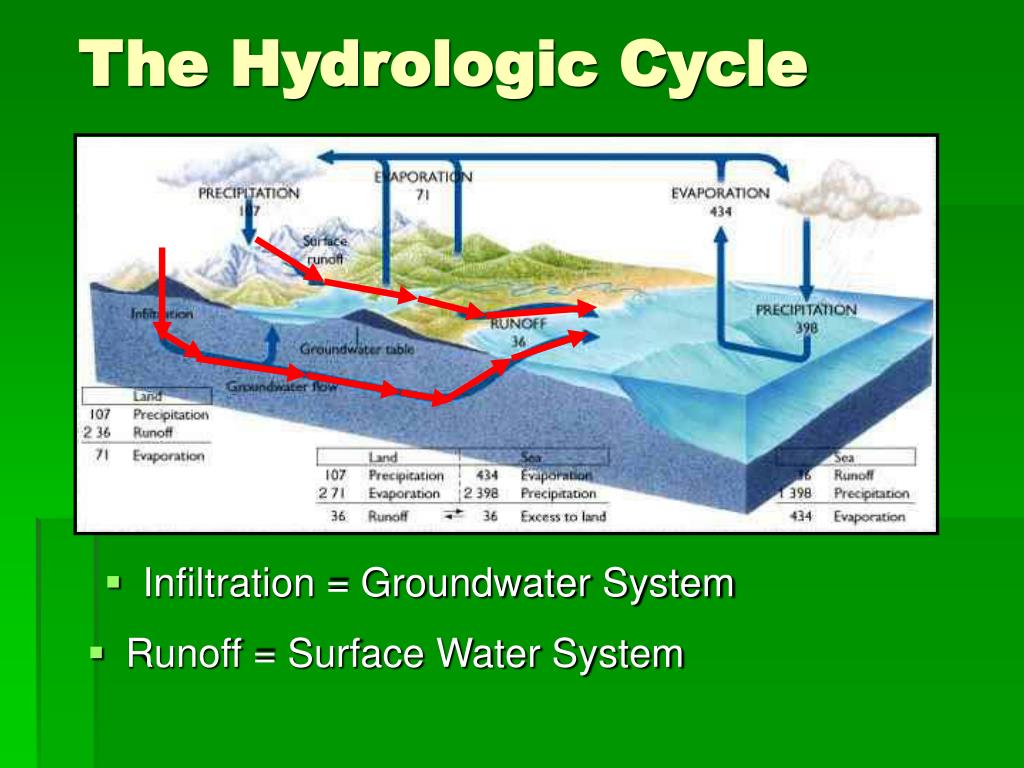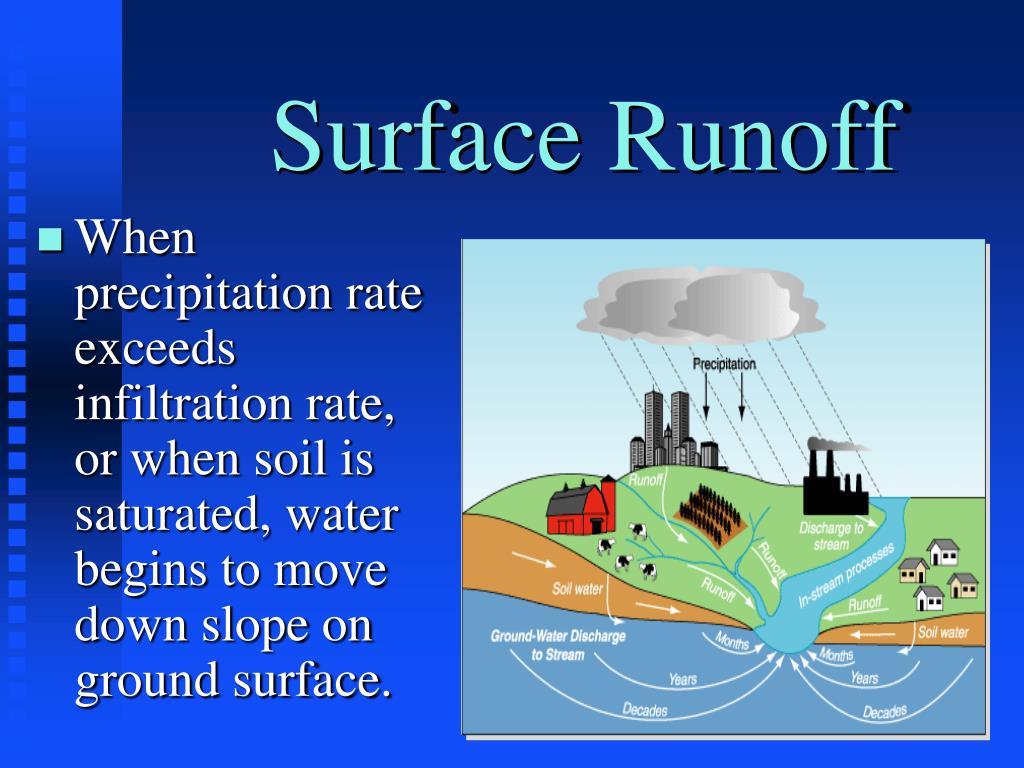

Almost all of the water eventually flows into the oceans or other bodies of water, where the cycle continues. Some of it evaporates, returning to the atmosphere some seeps into the ground as soil moisture or groundwater and some runs off into rivers and streams. When precipitation falls over the land surface, it follows various routes in its subsequent paths. Cloud droplets can grow and produce precipitation (including rain, snow, sleet, freezing rain, and hail), which is the primary mechanism for transporting water from the atmosphere back to the Earth’s surface. In the cool air, water vapor is more likely to condense from a gas to a liquid to form cloud droplets. The basin’s water resource potential has the. The Genale Dawa river basin is one of the largest river basins and is found in a semi-arid, drought prone region in Ethiopia. For example, a cornfield 1 acre in size can transpire as much as 4,000 gallons of water every day.Īfter the water enters the lower atmosphere, rising air currents carry it upward, often high into the atmosphere, where the air is cooler. The LULC change also has a significant effect on changing hydrological processes such as runoff volumes, groundwater recharge, and infiltration in Ethiopian river basins.

While evaporation from the oceans is the primary vehicle for driving the surface-to-atmosphere portion of the hydrologic cycle, transpiration is also significant.
#HYDROLOGICAL PROCESSES RUNOFF PLUS#
Together, evaporation, transpiration, and sublimation, plus volcanic emissions, account for almost all the water vapor in the atmosphere that isn’t inserted through human activities. The gradual shrinking of snow banks in cases when the temperature remains below freezing results from sublimation. In addition, a very small portion of water vapor enters the atmosphere through sublimation, the process by which water changes directly from a solid (ice or snow) to a gas. Plants take in water through their roots, then release it through small pores on the underside of their leaves. Most of the remaining 10% found in the atmosphere is released by plants through transpiration. Studies have revealed that evaporation-the process by which water changes from a liquid to a gas-from oceans, seas, and other bodies of water (lakes, rivers, streams) provides nearly 90% of the moisture in our atmosphere.


 0 kommentar(er)
0 kommentar(er)
